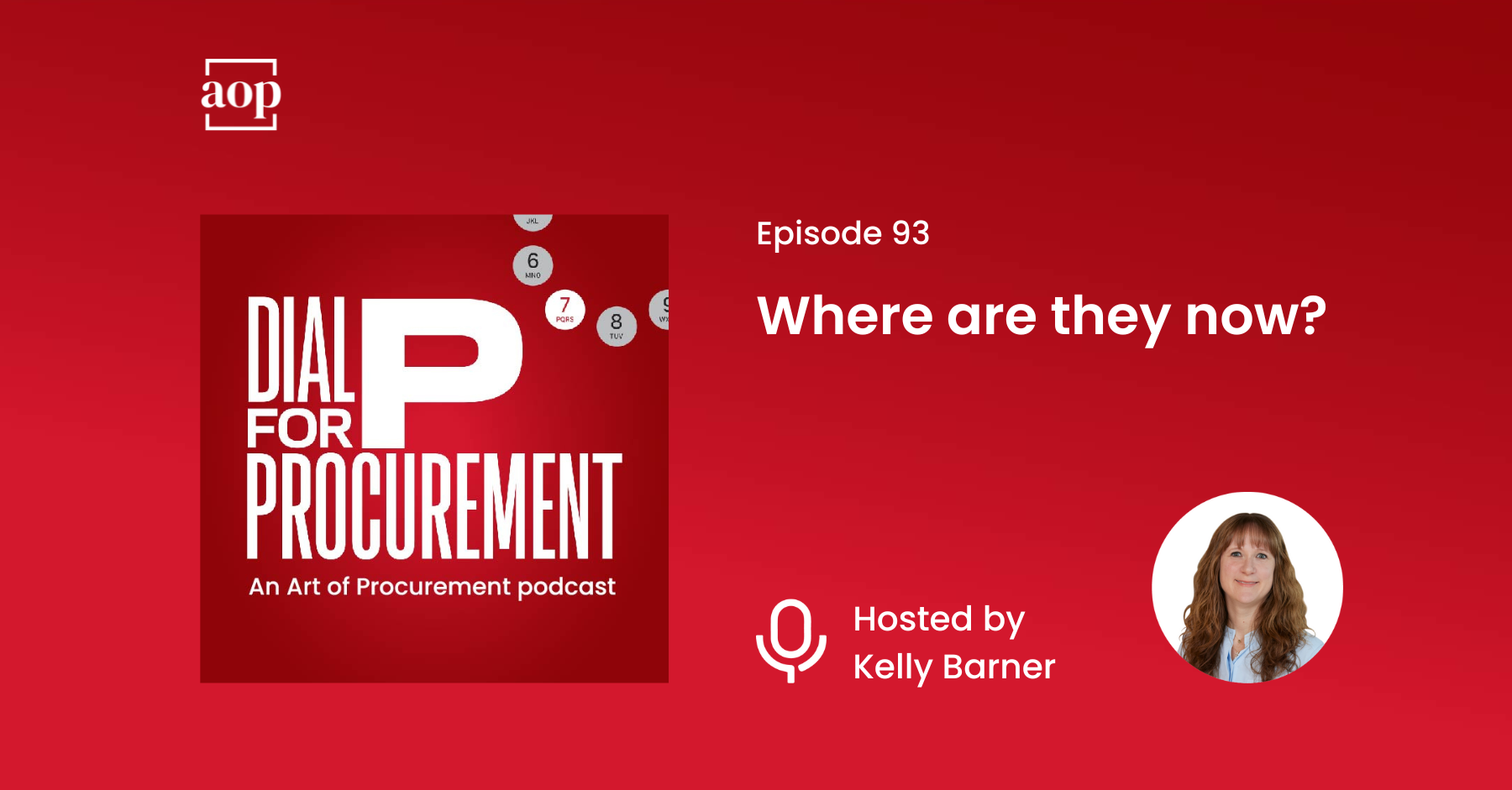
Hertz was founded in 1918, in Chicago, Illinois. In those early days, their rental fleet was entirely made up of Model Ts – an ironic fact given that the company’s recent troubles haven’t involved Model Ts, but they have involved Model 3s… Teslas that is.
Hertz was hit hard by the pandemic. Travel stopped and was slow to restart, but payments were still due. Hertz started to miss lease payments on their fleet, ultimately sending them into bankruptcy. The company went through four CEOs in as many years, and on April 1st, they will get their fifth.
As they restructured and prepared for an IPO in 2021, Hertz needed good news to signal to customers and investors that they were back. In October of 2021, they announced the decision to buy 100,000 EVs from Tesla. It was the largest order for Teslas ever made by a single buyer.
And they didn’t just plan to buy Teslas. Hertz also had plans to buy 175,000 EVs from General Motors and 65,000 EVs from Polestar (co-owned by Volvo and Geely) for a total of 210,000 EVs. Their goal: for 25 percent of the fleet to be electric.
Unsustainable Strategy
Part of Hertz’s strategy was based on recent surges in interest about sustainability. As business travelers took to the skies and road, putting them in EVs would count towards ESG commitments.
Although the sustainability logic works well enough, there were other factors at play as well. Rental car companies were having trouble getting gasoline-powered cars thanks to shortages of computer chips and other parts.
Unfortunately for Hertz, demand for Teslas was outpacing supply. In fact, it was so high that Tesla didn’t offer them a bulk discount. If we look at it objectively, the decision to put so much into EVs wasn’t a guaranteed success. There were doubters even when the deal was first announced.
Interim Hertz CEO Mark Fields did an interview on CNN while standing in front of a Tesla. Interviewer Joe Kernen asked Fields if the company had factored the cost of vehicle maintenance and infrastructure investment (i.e. charging stations) into the calculation. Fields said yes, but the risk was clear.
What went wrong?
Regardless of how badly Hertz needed the EV plan to work, it didn’t. There were four major factors that worked against them: customer hesitancy, infrastructure challenges, repair costs, and an EV price war.
Customer hesitancy: Daniel Ives, an EV analyst with Wedbush Securities, described the deal and subsequent rollout as a “horror show across the board.” People who might have bought an EV at home didn’t want to drive one in a place they didn’t know. There were questions about being able to recharge overnight at hotels and other unknown locations, in part because Hertz didn’t have the charging infrastructure to support their fleet.
Infrastructure challenges: Hertz planned to invest in 3K fast chargers, but for 100K Teslas? They must have been banking on having access to other chargers, maybe because so many Hertz locations are in airports. At some point, Hertz realized they needed another plan. They announced a partnership with BP to build charging banks that would also be available for public use. This was quickly becoming a very expensive initiative – and there were more bills about to come in.
Repair costs: Hertz found that EV repairs cost about twice that associated with a conventional vehicle. More repairs were needed because although Hertz didn’t get a fleet discount from Tesla but they offered one – to Uber. Right from the beginning, Hertz planned to rent about half of their Teslas to Uber drivers.
Uber drivers turned out to be more accident prone than regular rental car drivers. As Andrew J. Hawkins wrote for The Verge, “now we see that those who own the EVs absorb all the costs.” But Hertz stuck to their plan, with then CEO Stephen Scherr saying, “We nonetheless remain committed to our long-term strategy to electrify the fleet. We believe in the value of being a first-mover.”
EV Price War: Elon Musk must have had a slow afternoon one week, because he decided to start a price war – with himself. Tesla makes 60 percent of the new EVs sold in the US, so when they lowered their prices, it dropped the value of the whole market – leaving Hertz under water. Tesla’s price drop lowered the resale value of the EVs in Hertz’s fleet by about a third.
Where is everybody?
In January, Hertz announced it was selling 20,000 of the EVs in its fleet, one third of what they owned at the time. In some ways it was a surprise move, in others, not so much.
Hertz’s main competitors, Enterprise and Avis, hung back when Hertz sunk billions into electric cars. Hertz thought they were leading the pack – moving fast to create an advantage. Unfortunately, they never thought to look back and see if the other rental car companies were running in the same direction as they were.
Instead of a head start, Hertz ended up miles down the wrong road – all alone.
Hertz recently took a $245 million hit to its earnings thanks to that drop in value of the Teslas. The goal was to have EVs account for 25 percent of their fleet by the end of 2024, but they reached 60,000 (or 11 percent) before being forced to change directions.
CEO Stephen Scherr (who will be stepping down on April 1st) helped to build the fleet based upon a decision made by an interim predecessor. Excluding EV costs, Scherr said Hertz probably would have met Wall Street expectations. So he is taking the fall for the EV play even though it wasn’t his idea.
But it isn’t all bad news. The Financial Times reported that “Scherr will, however, keep one fringe benefit. The company’s last proxy filing states that he remains eligible for free Hertz car rentals for the rest of his life.”
If he ever takes them up on that, what do you want to bet he won’t ask for a Tesla?




